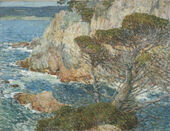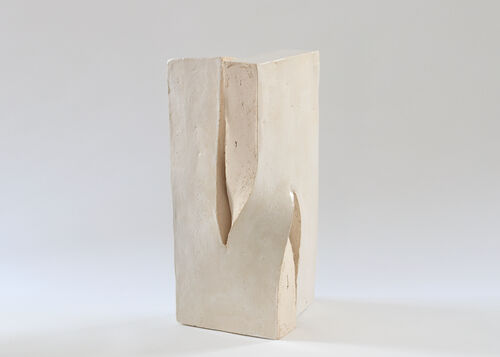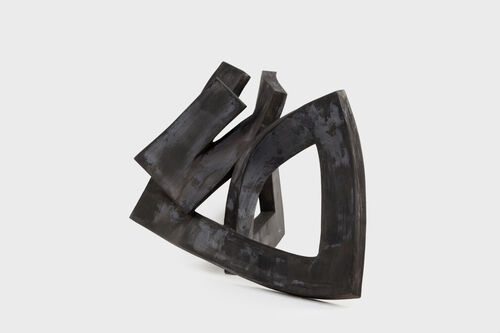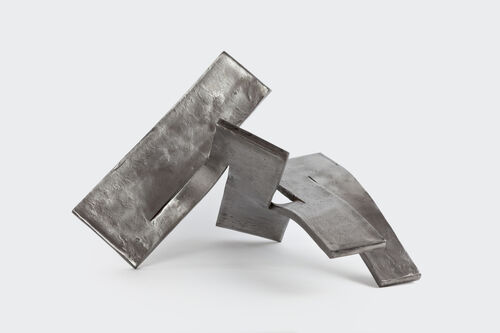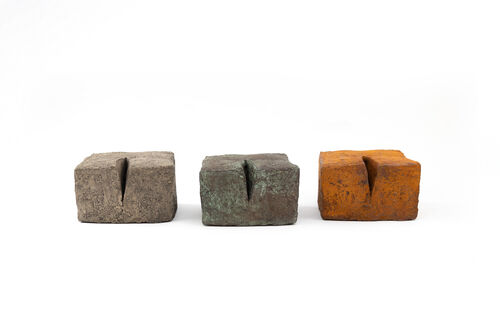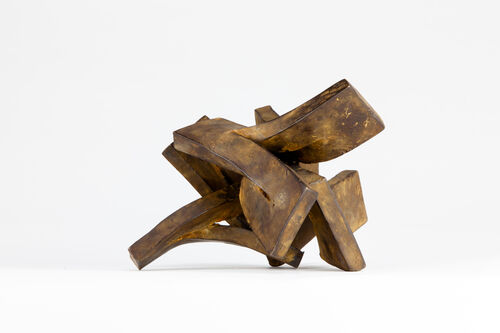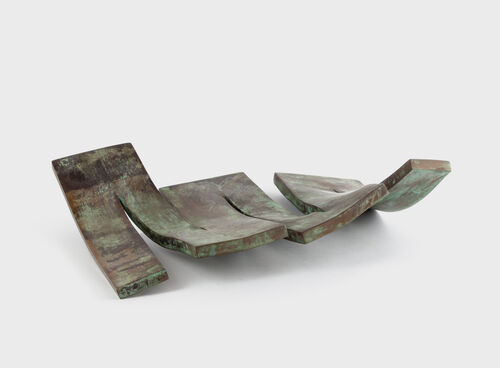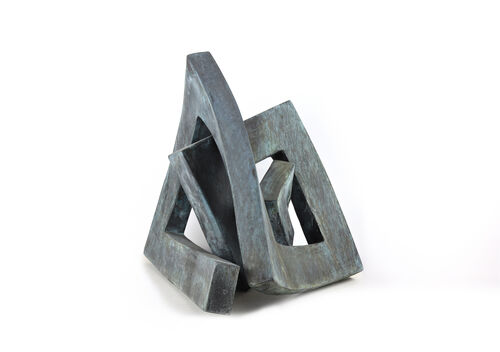Around the year 1500, Indian painting was dominated by a flat, almost abstract style with a small color palette. When the second Mughal emperor Humayun (1508-1556) became acquainted with Persian book illumination with its powerful colors and realistic illustrations during his exile, he decided to establish this style of painting in his homeland. On his return to Delhi, he brought Persian artists to his court. Under Humayun's successor Akbar (1542-1605), the new style of painting developed its full splendor – driven by the ruler's preference for realism and dramatic narratives. Today it is known as Mughal painting. Delhi developed into a world-famous cultural center, and Mughal painting was even collected by connoisseurs in Europe. The often multi-figured scenes mostly depict men from the upper classes of society and include portraits, court scenes, depictions of war and hunting. The Cleveland Museum of Art traces the rapid changes in Indian painting of the 16th century and explains how artists developed new pictorial compositions for familiar subject matter. Indian Painting of the 1500s: Continuities and Transformations opens on March 15, 2025 and closes on January 11, 2026.
A particular highlight of the exhibition is an illuminated manuscript of the Tales of a Parrot created under Grand Mughal Akbar. This is a collection of Indian fairy tales that was first written down in the 12th century. The fairy tales are linked by a frame story in which a parrot tells the stories in order to prevent the wife of a traveling merchant from committing adultery. The illustrated manuscript was created around 1560 and is considered a major work of Mughal painting. It was donated to the Cleveland Museum of Art in 1962.





